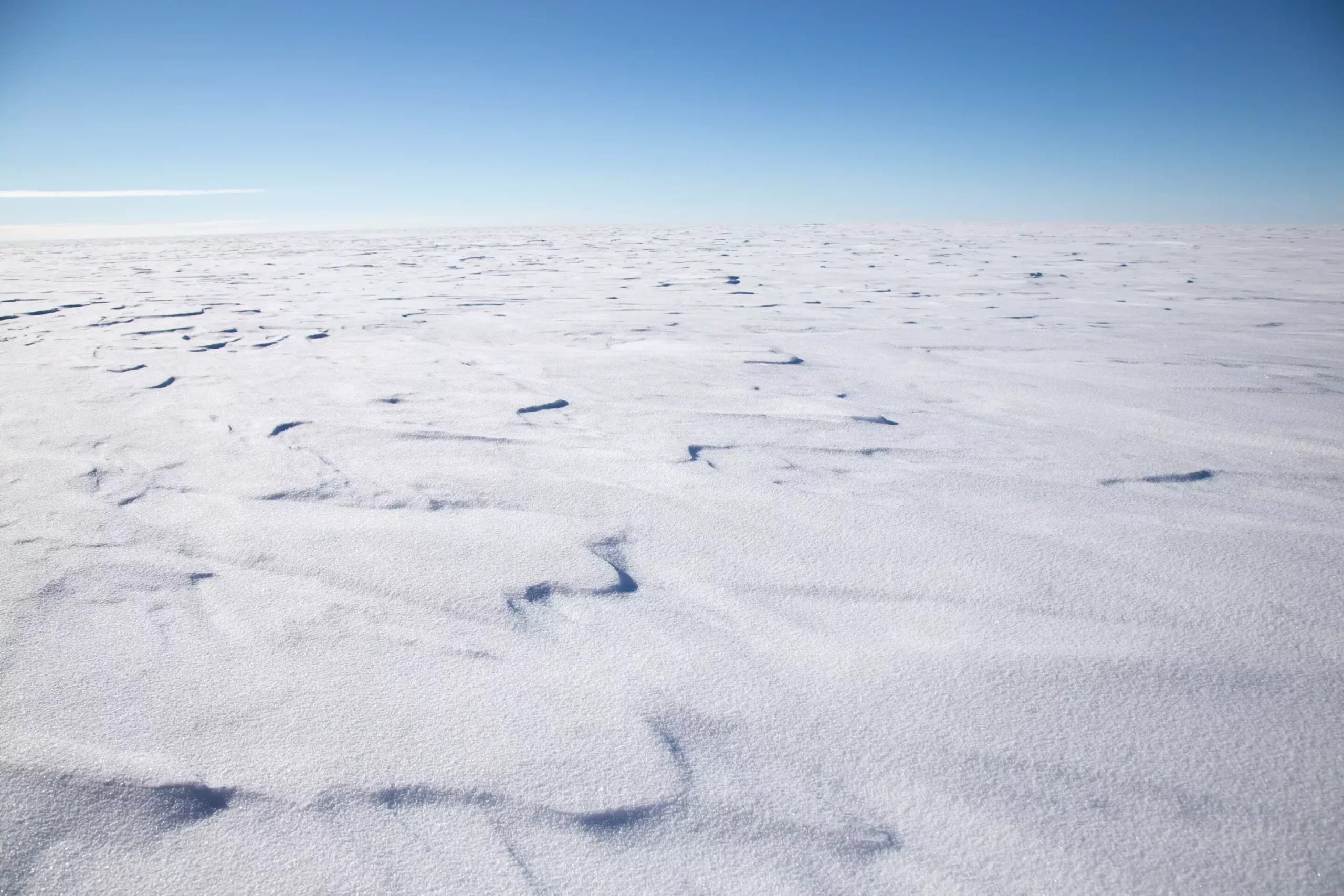Recent studies by a collaborative team of British and American scientists have spotlighted the Thwaites Glacier in Antarctica as an increasingly urgent climate concern. Often dubbed the “Doomsday” glacier, Thwaites has drawn attention due to its staggering size—approximately the same as Florida—and its crucial role in the stability of the West Antarctic Ice Sheet. As it rapidly melts, the glacier poses a significant threat to global sea levels and ecosystems. Researchers have concluded that the tidal action impacting the glacier’s underside is likely to accelerate its melting rate dramatically within this century.
The unique geological and hydrological dynamics at play make the Thwaites Glacier a focal point for climate research. For over 80 years, this ice mass has been gradually retreating, but recent trends reveal an unnerving acceleration in this process over the last three decades. According to Rob Larter, a marine geophysicist who played a pivotal role in the research, the glacier is on track for unprecedented retreat speeds. Utilizing innovative technologies, including advanced robotic probes, scientists have uncovered critical insights into the conditions beneath the glacier, where warmer seawater is infiltrating the insulating, cold-water layer that protects it.
The interaction between tidal forces and warm ocean water at the glacier’s grounding zone—the area where the ice meets the seabed—is disturbing. When ice lifts from the ocean floor and begins to float, it creates a channel through which warmer water can flow, contributing to the already destabilized glacier’s rapid melting. Such dynamics illustrate concerns that Thwaites could lead a domino effect, where its collapse triggers a series of events resulting in broader destabilization of the West Antarctic Ice Sheet.
The implications of Thwaites’ collapse are staggering. If this giant glacier were to fully disintegrate, sea levels could rise by over 3 meters (approximately 10 feet), which would have catastrophic consequences for coastal communities globally. Currently, the oceans are rising at a rate of about 4.6 millimeters per year, and a rapid glacial retreat could vastly escalate this figure. Even a modest collapse could result in a 65-centimeter (26 inches) rise in sea levels, significantly altering coastlines, displacing populations, and inundating critical ecosystems.
Despite some positive elements from international climate agreements like the 2015 Paris Accord, model projections for Thwaites’s future remain grim. While potential decreases in greenhouse gas emissions could provide some mitigation, the current trajectory of climate change indicates that any benefits may come too late to salvage the glacier.
The Role of Climate Change
Michelle Maclennan, a climate scientist, highlighted the complexity of Thwaites’s situation, explaining that while increased snowfall could temporarily replenish some ice, this mechanism fails to keep pace with the overwhelming ice loss. The critical imbalance that characterizes this interaction is exacerbated by rising atmospheric temperatures, which are leading to greater evaporation from the oceans. This raised moisture could initially result in greater snowfall in Antarctica but is also likely to convert into rain and surface melting as temperatures continue to warm.
The transition from snowfall to rain represents a critical tipping point. Melting could occur from both the top and bottom of the glacier, accelerating the downfall of this natural barrier. Researchers are still grappling with the pivotal question of whether the Thwaites Glacier’s retreat has reached an irreversible state. The complexity of the surrounding dynamics makes it challenging to predict the glacier’s future with certainty, especially in light of potential mitigating actions from nations aimed at curbing climate change.
As we face the very real implications of melting glaciers like Thwaites, the need for comprehensive global action remains critical. Technological advancements in climate science and international cooperation will be vital in seeking solutions to curb this alarming trend. The fate of the Thwaites Glacier is emblematic of broader environmental challenges that we must confront head-on; the time for decisive action is now, as the earth’s glaciers teeter on the edge of catastrophic change that could alter the course of climate history forever. If we are to preserve our planet and its ecosystems, transitioning to sustainable practices and reducing greenhouse gas emissions should be at the forefront of our global agenda.

